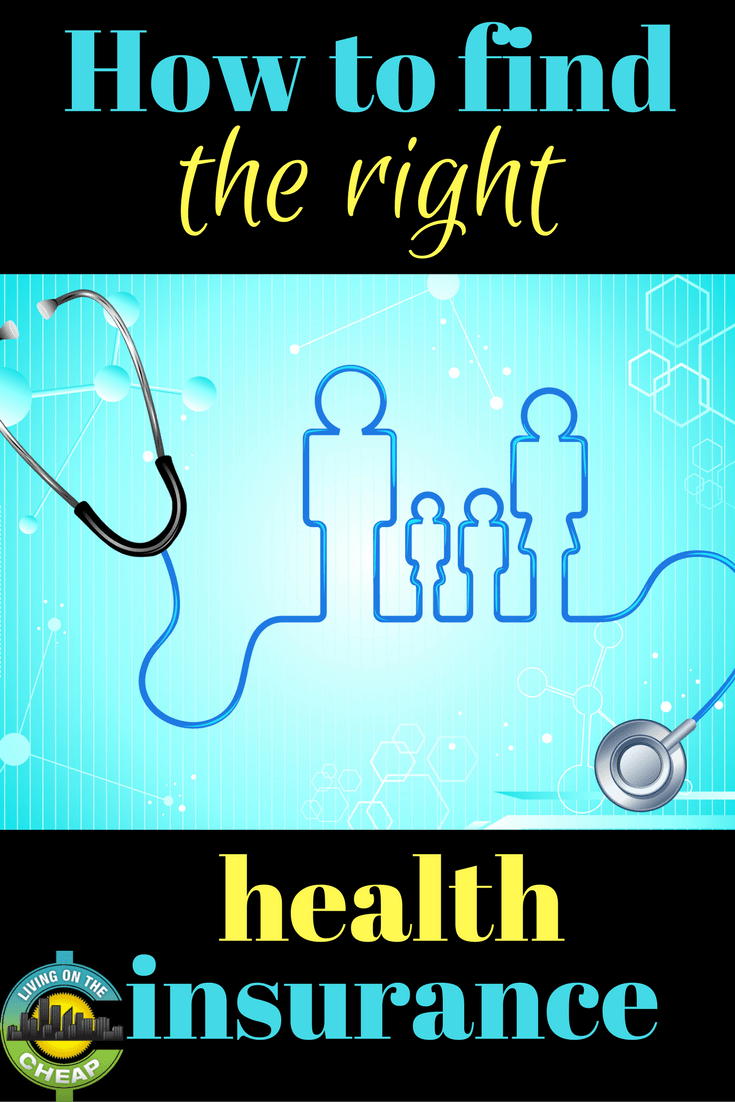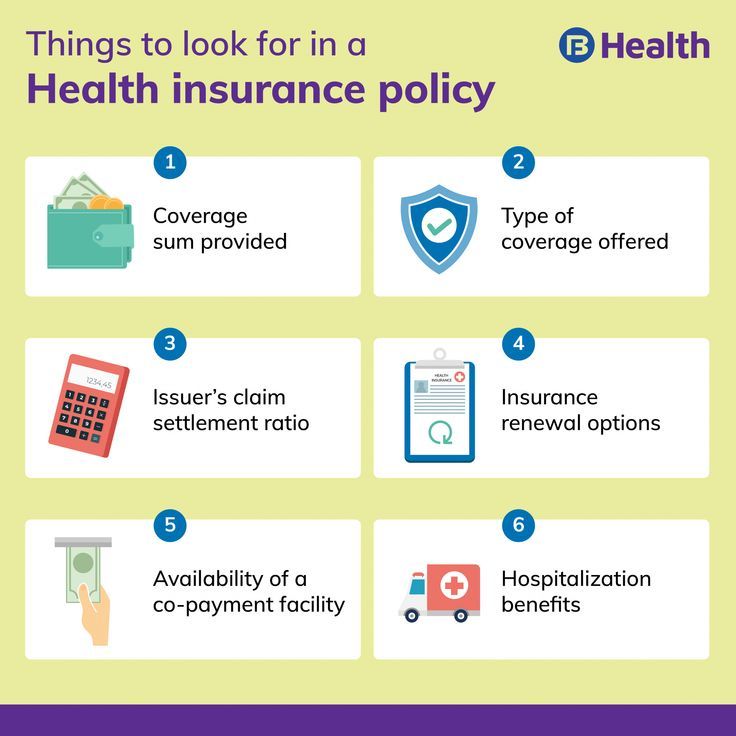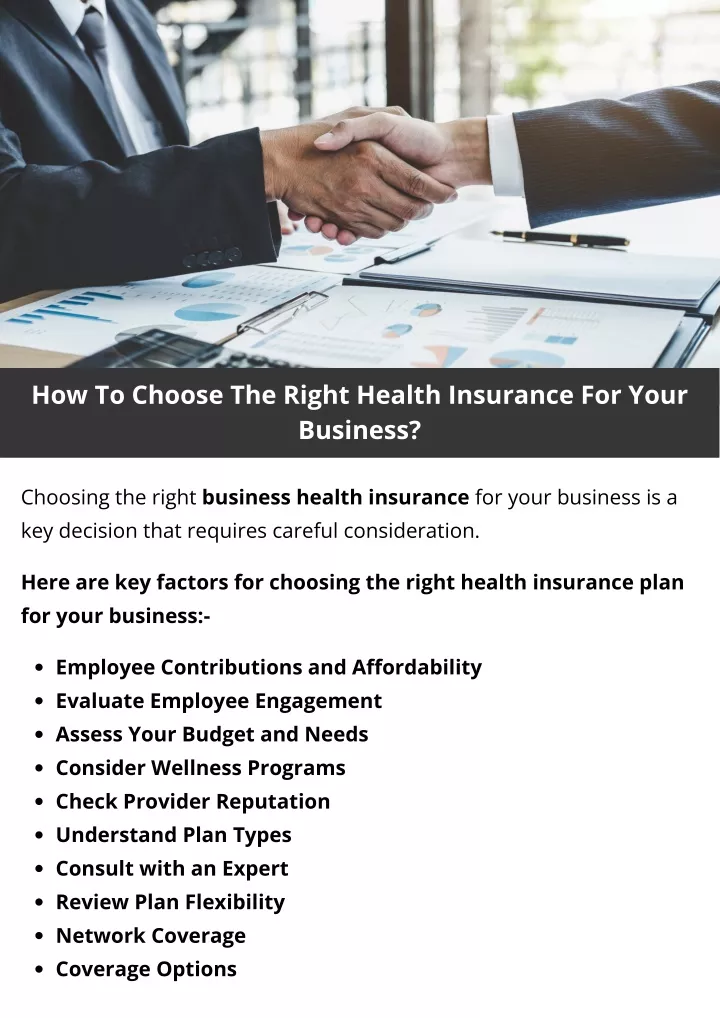How to Find the Right Health Insurance for Your Personal Health Goals-www.waukeshahealthinsurance.com
How to Find the Right Health Insurance for Your Personal Health Goals

Navigating the world of health insurance can feel like traversing a dense jungle. With countless plans, varying coverage levels, and a bewildering array of jargon, finding the right policy that aligns with your personal health goals can seem daunting. However, with a structured approach and a clear understanding of your needs, the process can be simplified. This article will guide you through the key steps to finding the perfect health insurance plan to support your well-being.
1. Understanding Your Health Goals:
Before diving into the specifics of insurance plans, take time to reflect on your personal health objectives. Are you aiming to prevent future health issues through preventative care? Do you have pre-existing conditions that require ongoing management? Are you planning for a family and need coverage for maternity care? Or are you simply looking for affordable coverage for unexpected illnesses or injuries? Defining your priorities will significantly influence your choice of plan. For example, if preventative care is paramount, you’ll want a plan with robust coverage for checkups, screenings, and vaccinations. If you have a pre-existing condition, you’ll need to carefully examine the plan’s coverage for that specific condition.
2. Assessing Your Current Health Status:
A realistic assessment of your current health is crucial. Consider any pre-existing conditions, ongoing medications, and the frequency of doctor visits. This information will help you determine the level of coverage you need. Individuals with chronic illnesses will likely require a plan with more comprehensive coverage and potentially lower out-of-pocket costs. Those with generally good health might opt for a plan with a higher deductible in exchange for lower premiums.
3. Determining Your Budget:
Health insurance premiums, deductibles, co-pays, and out-of-pocket maximums can significantly impact your budget. Before you start comparing plans, determine how much you can comfortably afford to spend on health insurance each month. Consider your overall financial situation and prioritize your essential expenses. Remember that a lower premium might mean higher out-of-pocket costs when you need care. Balancing affordability with adequate coverage is key. Use online health insurance comparison tools to get a better understanding of the cost of different plans. You can also explore options available through your employer, if applicable.
4. Understanding Key Terminology:
Familiarizing yourself with common health insurance terms is essential to making informed decisions. Understanding the difference between a premium, deductible, copay, coinsurance, and out-of-pocket maximum is crucial.
- Premium: The monthly payment you make to maintain your health insurance coverage.
- Deductible: The amount you must pay out-of-pocket before your insurance coverage kicks in.
- Copay: A fixed amount you pay for a doctor’s visit or other medical services.
- Coinsurance: The percentage of costs you share with your insurance company after you’ve met your deductible.
- Out-of-Pocket Maximum: The maximum amount you will pay out-of-pocket for covered services in a given year. Once you reach this limit, your insurance company covers 100% of the costs.


5. Choosing the Right Plan Type:
The Affordable Care Act (ACA) offers several plan types, each with different levels of coverage and cost-sharing:
- HMO (Health Maintenance Organization): Typically requires you to choose a primary care physician (PCP) within the network. Referrals are usually needed to see specialists. Generally, HMO plans offer lower premiums but restrict your choice of doctors and hospitals.
- PPO (Preferred Provider Organization): Offers more flexibility in choosing doctors and hospitals, both in-network and out-of-network. However, out-of-network care typically comes with higher costs. PPO plans usually have higher premiums than HMO plans.
- EPO (Exclusive Provider Organization): Similar to HMOs, but generally offer slightly more flexibility in choosing specialists without a referral. Out-of-network care is usually not covered.
- POS (Point of Service): Combines features of HMOs and PPOs, allowing you to choose a PCP and receive referrals for specialists, but also offering the option of seeing out-of-network providers at a higher cost.

The best plan type for you will depend on your individual needs and preferences. Consider factors such as your preferred doctors, your willingness to work within a network, and your budget.
6. Researching Providers and Networks:
Once you’ve narrowed down your plan options, research the doctors and hospitals included in the plan’s network. Ensure that your preferred physicians and healthcare facilities are covered. You can check the plan’s provider directory online or contact the insurance company directly. If you have a pre-existing condition, verify that the specialists who treat your condition are in the network.
7. Comparing Plans and Choosing the Best Fit:
Use online comparison tools or consult with an insurance broker to compare different plans side-by-side. Pay close attention to premiums, deductibles, copays, coinsurance, and out-of-pocket maximums. Consider the plan’s coverage for your specific health needs and preferences. Remember that the cheapest plan isn’t always the best plan. Choose the plan that offers the best balance of affordability and comprehensive coverage for your individual circumstances. For assistance navigating the options in Waukesha County, consider exploring resources like www.waukeshahealthinsurance.com. They can provide valuable insights and support in your search for the right plan.
8. Understanding Open Enrollment Periods:
Be aware of the open enrollment periods for health insurance. These periods are specific times of the year when you can enroll in or change your health insurance plan. Missing the open enrollment period can result in penalties or limited options. Check the HealthCare.gov website or your employer’s benefits information for specific dates.
9. Reviewing Your Policy Regularly:
Once you’ve chosen a plan, it’s crucial to review your policy regularly. Life circumstances change, and your health insurance needs may evolve over time. Review your policy annually to ensure it still aligns with your current health goals and budget. You might need to adjust your coverage based on changes in your family size, health status, or financial situation.
10. Seeking Professional Advice:
If you’re struggling to navigate the complexities of health insurance, don’t hesitate to seek professional advice. An independent insurance broker can provide unbiased guidance and help you find the best plan for your individual needs. They can explain the different plan options, compare costs, and answer your questions. Many resources are available online and in your community to help you make informed decisions. Remember to utilize the resources available to you, including websites like www.waukeshahealthinsurance.com, to ensure you find the right coverage for your specific circumstances.
Finding the right health insurance is a crucial step in managing your health and well-being. By following these steps and carefully considering your individual needs, you can find a plan that provides the coverage you need at a price you can afford. Remember that investing in your health is an investment in your future. Don’t hesitate to seek assistance from professionals or online resources like www.waukeshahealthinsurance.com to guide you through the process. Your health is worth the effort.
